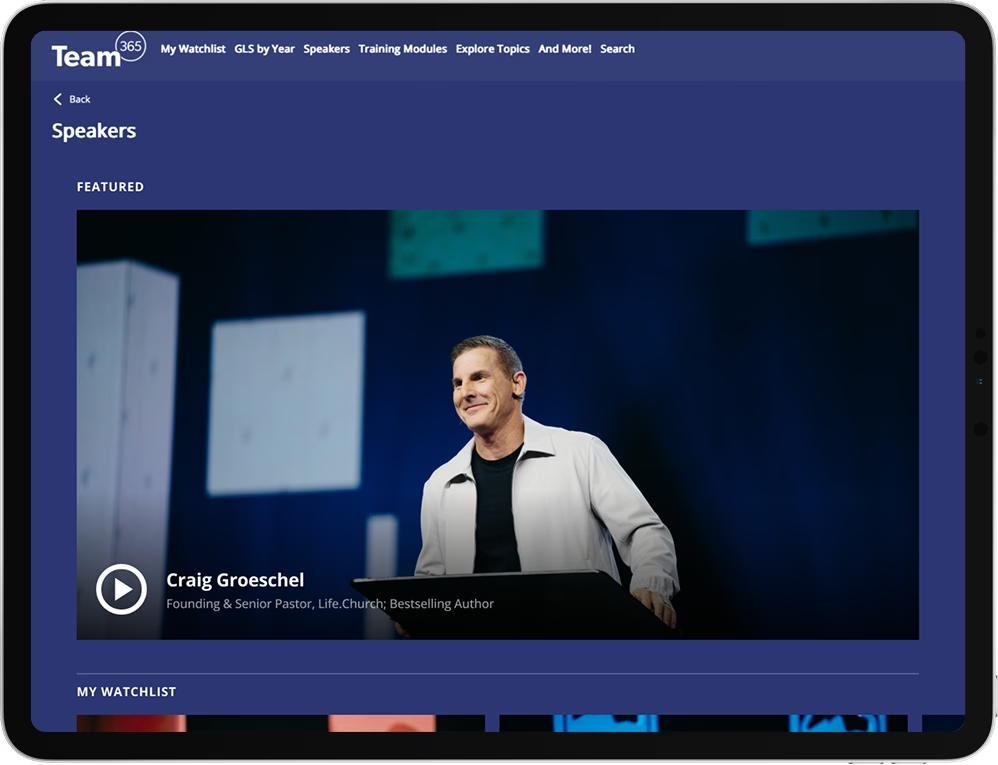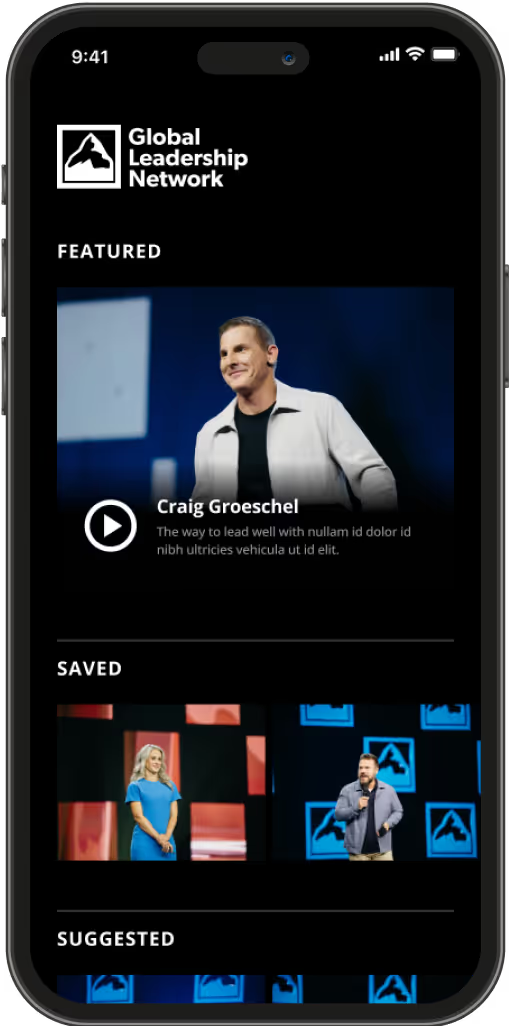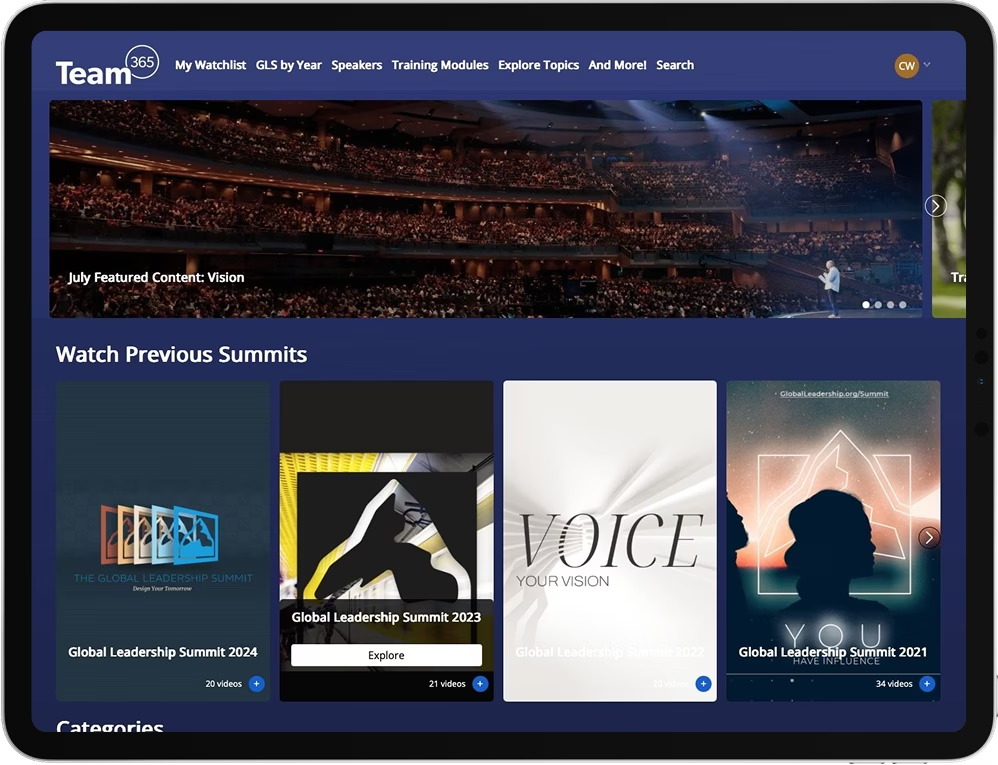There’s security in being needed. That’s probably why we, as leaders, get addicted to solving problems.
When someone brings us a problem, we begin to salivate. Our minds race through our experiences to identify instances when we’ve conquered this issue in the past. We identify the solution that worked the last time and relay it to the team. The team appreciates our wisdom and experience. We feel valued. Everyone wins.
Then over time, the number and magnitude of the problems grow. Initially it’s exhilarating because leaders are addicted to solving problems. Eventually though, it becomes overwhelming. We become the bottleneck. The growth slows down because we just can’t respond to everything.
Worse yet, we find our strongest leaders leaving the team. Our addiction to problem solving has elevated the role of manager and pushed the leaders away. We’ve elevated the capacity to identify and deliver problems, rather than identify and deliver solutions.
In the work my team and I do serving churches at The Unstuck Group, we find this is often one of the main reasons why small churches have hit growth barriers: the lead pastor is still trying to do everything.
Leaders, it doesn’t have to stay this way. In fact, if you want a healthy organization, it simply CAN’T stay this way. Here is a process to help your team move from a problem-focus to a solutions-focus.
Step 1: “I bring you the problem”
When someone brings you a problem, send them away and encourage them to bring back three or four solutions to that problem. When they return with their proposed solutions, force them to explain which solution they would choose. Then, pick the solution that you think is best.
Step 2: “I bring you options for a solution”
Eventually, your team learns to bring you solutions rather than problems. When that happens, encourage them to explain which solution they would choose. When you agree with their solution, have them implement it.
Step 3: “I bring you options and a recommended solution”
As time goes on, your team learns to bring you solutions with their recommendation for which solution they would choose. By now, they’ve learned how to process decisions within the framework of your mission, values and strategies. Assuming you agree with their recommendation, encourage them to make it happen.
Step 4: “I process options on my own and implement the best solution”
Finally, your team learns to identify the problem, process options to solve the problem and select the best solution. They communicate to you what happened and how they solved the problem. If it worked, you reinforce that behavior by affirming their leadership. If it failed, you coach them and encourage them to take those types of risks moving forward.
This is how we move from managing people to leading people. This is an example of moving from delegating tasks to empowering people to make decisions and implement solutions.
Yes, this approach can be scary. It means decisions are no longer all in your hands. But leadership isn’t leadership if it isn’t released to others. Being a Christian leader means realizing it was never really in your hands anyway.
Are you feeling overwhelmed? Are you sensing you have the weight of every decision on your shoulders? Then it’s time to start at Step 1 and begin to raise up and empower other leaders to move your mission forward. You and your team will feel the difference.
Related

All Lions and No Gazelles: How a Lack of Diversity Can Collapse a Team (And What to Do About It)

5 Emergency Preparedness Tips to Lead Through Crisis

Fear is a Dragon: Here’s How to Fight It—GLS22 Faculty Spotlight

The Tech CEO who sold his home to live with the formerly homeless

Self-Care Should Not Be Selfish: Why Leaders Thrive When They Look Beyond Themselves

Does your team have a microculture?
Leadership That Lasts
Team365 isn’t just a platform. It’s a commitment to grow, lead and live with purpose — every single day. Whether you’re here for content, community or clarity, you’re in the right place. Your leadership matters. Let’s keep going.





